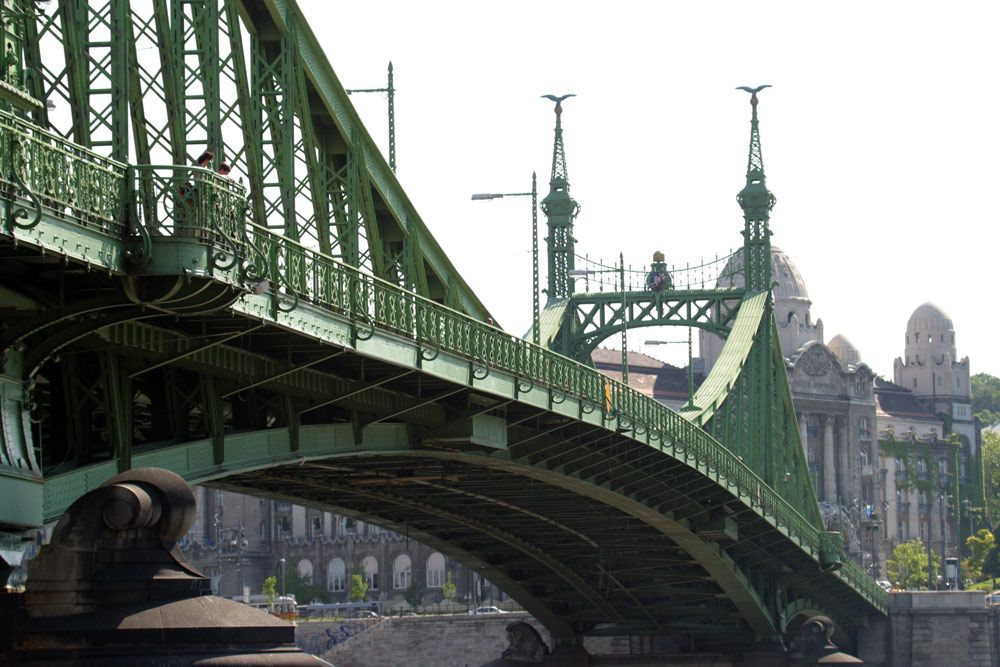Budavár
Budavár is Regensburg’s second-youngest twin partner and situated in heart of the Hungarian capital of Budapest
 ©
Bilddokumentation Stadt Regensburg
©
Bilddokumentation Stadt RegensburgThe capital consists of 23 districts and was formed in 1873 with the merging of Buda, situated on the western bank of the Danube, with Óbuda and Pest. Budapest is called the Paris of the East – and for good reason. Budar has its roots and origins in Budavár, the city's castle district. It was declared a UNESCO World Heritage Site in 1987 and no other place in Hungary offers so striking a reflection of the country’s tumultuous history. In prehistoric times, cave dwellers were already using the hot springs of the Gellert mountain, which to this day feed the eponymous thermal bath (Gellért Gyógyfürdö). After the Mongol invasion in 1240/41, King Béla IV built the first royal castle on the castle hill (Várhegy) in 1247, which became the permanent residence of the Hungarian kings from the middle of the 14th century.
Even though the population is just under 25,000, the area is significantly smaller than Regensburg. But there is a connection between the city and the first district of the Hungarian capital - a lifeline so to speak - which transcends historical periods and cultural developments: the river Danube.
Since time immemorial, this river has been used to transport goods, both material and intellectual. Ideas and trade made their way from West to East and vice versa. While the politicians of today work to strengthen relationships between states on a diplomatic level, in olden times this was done through strategic marriages. In 995, the Bavarian princess Gisela, sister of the future King and Emperor Henry II (whose parents are buried in Regensburg) married King Stephen I of Hungary, who brought Christianity to large parts of the European Danube. The Gisela Cross is a piece of medieval gold work in the form of an incunabulum, which Gisela donated to her mother's grave in Niedermünster and still preserves her legacy today. The twin city agreement with Budavár was signed on 25 May 2005 by chief mayor Hans Schaidinger and his Hungarian counterpart Dr Gábor Tamás Nagy in the Hungarian Academy of Sciences. The certificate also represented the 1000th twin city partnership with a Bavarian municipality. The aim of twin city partnerships is to promote and expand relationships within culture, education, youth, sports, urban development, business, tourism and local self-government. Schools and cultural institutions are also interested in working with partners in their Hungarian twin city. The Goethe grammar school in Regensburg, for example, maintains a student exchange with the Kosztolányi Dezsö grammar school in Budavár. In 2015, after ten years of partnership, the two cities celebrated their first major anniversary. As part of the festivities, music students from the Hungarian twin city visited Regensburg to develop connections. This resulted in the establishment of an exchange programme between the Domspatzen, Regensburg’s cathedral choir, and the Zoltán-Kodály music school. Joint concerts have already been given in Regensburg and Budavár.



